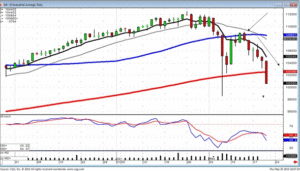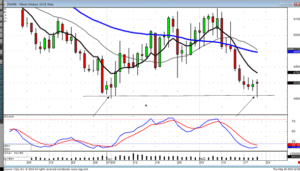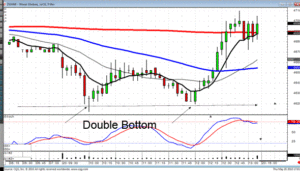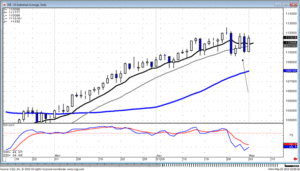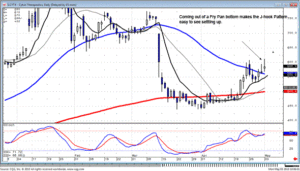Short term stock trading, also known as day trading, is the practice of buying and selling financial instruments within the same trading day on the stock market. Typically all positions are closed before the market close on each trading day. Short term stock trading allows the investors to buy stock and sell shock throughout the day. The goal is to make a quick profit within seconds that day traders own stock, through the rising or falling of the value of stock. Day trading can be risky business and is only intended for the educated investor. There are two techniques that day traders use to make a profit including leveraging and selling short.
Leveraging, when short term stock trading, is the process of borrowing money to make money without changing or increasing the performance of the trade. Leveraging is very risky investing strategy because if the investment goes against the investor, the loss is much greater. The profit is much greater as well! Leveraging increase both gains and losses so the investor must be prepared to pay back not only what he lost, but also what he borrowed if trade does not go as planned. Leveraging allows for more people to trade stock and requires the investor to open a margin account. Margin is leverage and a margin account is offered by brokerage firms allowing investors to borrow money and to use securities as collateral. Once the margin account is opened, when short term stock trading, the trader can borrow up to 50% of the purchase price of a stock. Margin is a great thing when investments are going up in value, but it can be devastating for new investors who are less experienced.
Short term stock trading, requires the use of stop loss strategies when trading on margin. Stop loss orders provide a measure of protection to the investor. Basically a stop loss order is an order to sell a security at the market price once it hits a predetermined level. Investors are urged to implement simple stop loss strategies to prevent from losing big on a trade. Some may not necessarily implement stop loss in their trading system, but they may choose to set a mental stop loss for themselves. This is okay to do; however, a lot of investors have a problem with actually carrying out the stop loss if it not set up in their system. Investors who do not want to implement a stop loss into their trading system must be disciplined enough to actually follow through with the stop loss they have mentally prepared for.
Another method used in short term stock trading is selling short. Day traders that sell short actually borrow a security and then sell it in attempts to pay back the loan. They pay back the loan by buying cheaper shares later on. Day trading is a very exciting way to make money investing in stock however it is also very risky business. For those interested in this type of investing, it is very important that you know exactly what you are doing before you begin to day trade.
Good investing,
The Candlestick Forum Team
This Week Only!!
If you’ve been thinking about joining – now is the time!
The lowest membership rate of the year.
$97 monthly rate slashed by over 25% when you enroll as an annual subscriber.
